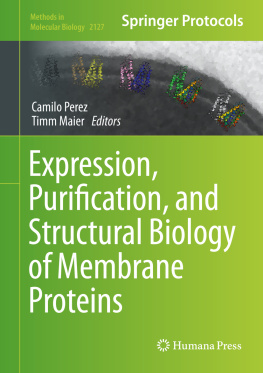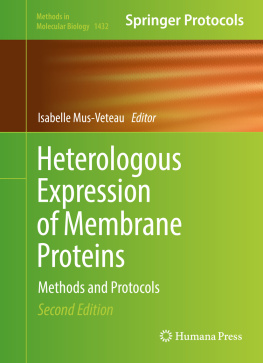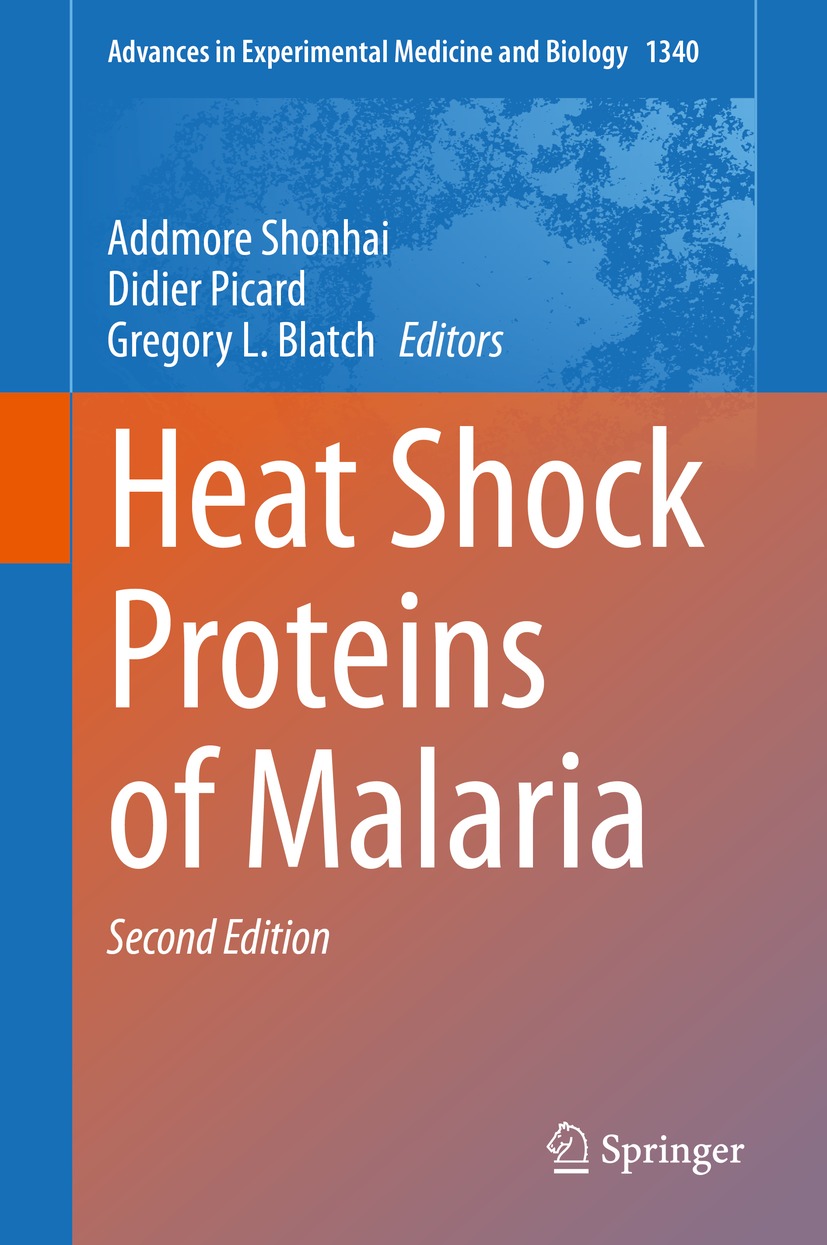Volume 1340
Advances in Experimental Medicine and Biology
Series Editors
Wim E. Crusio
Institut de Neurosciences Cognitives et Intgratives dAquitaine, CNRS and University of Bordeaux, Pessac Cedex, France
Haidong Dong
Departments of Urology and Immunology, Mayo Clinic, Rochester, MN, USA
Heinfried H. Radeke
Institute of Pharmacology & Toxicology, Clinic of the Goethe University Frankfurt Main, Frankfurt am Main, Hessen, Germany
Nima Rezaei
Research Center for Immunodeficiencies, Childrens Medical Center, Tehran University of Medical Sciences, Tehran, Iran
Ortrud Steinlein
Institute of Human Genetics, LMU University Hospital, Munich, Germany
Junjie Xiao
Cardiac Regeneration and Ageing Lab, Institute of Cardiovascular Science, School of Life Science, Shanghai University, Shanghai, China
Advances in Experimental Medicine and Biology provides a platform for scientific contributions in the main disciplines of the biomedicine and the life sciences. This series publishes thematic volumes on contemporary research in the areas of microbiology, immunology, neurosciences, biochemistry, biomedical engineering, genetics, physiology, and cancer research. Covering emerging topics and techniques in basic and clinical science, it brings together clinicians and researchers from various fields.
Advances in Experimental Medicine and Biology has been publishing exceptional works in the field for over 40 years, and is indexed in SCOPUS, Medline (PubMed), Journal Citation Reports/Science Edition, Science Citation Index Expanded (SciSearch, Web of Science), EMBASE, BIOSIS, Reaxys, EMBiology, the Chemical Abstracts Service (CAS), and Pathway Studio.
2020 Impact Factor: 2.622
More information about this series at http://www.springer.com/series/5584
Editors
Addmore Shonhai , Didier Picard and Gregory L. Blatch
Heat Shock Proteins of Malaria
2nd ed. 2021

Logo of the publisher
Editors
Addmore Shonhai
Department of Biochemistry, University of Venda, Thohoyandou, South Africa
Didier Picard
Department of Cell Biology, University of Geneva, Genve, Switzerland
Gregory L. Blatch
The Vice Chancellery, The University of Notre Dame Australia, Fremantle, Western Australia, Australia
ISSN 0065-2598 e-ISSN 2214-8019
Advances in Experimental Medicine and Biology
ISBN 978-3-030-78396-9 e-ISBN 978-3-030-78397-6
https://doi.org/10.1007/978-3-030-78397-6
The Editor(s) (if applicable) and The Author(s), under exclusive license to Springer Nature Switzerland AG 2014, 2021
This work is subject to copyright. All rights are solely and exclusively licensed by the Publisher, whether the whole or part of the material is concerned, specifically the rights of translation, reprinting, reuse of illustrations, recitation, broadcasting, reproduction on microfilms or in any other physical way, and transmission or information storage and retrieval, electronic adaptation, computer software, or by similar or dissimilar methodology now known or hereafter developed.
The use of general descriptive names, registered names, trademarks, service marks, etc. in this publication does not imply, even in the absence of a specific statement, that such names are exempt from the relevant protective laws and regulations and therefore free for general use.
The publisher, the authors and the editors are safe to assume that the advice and information in this book are believed to be true and accurate at the date of publication. Neither the publisher nor the authors or the editors give a warranty, expressed or implied, with respect to the material contained herein or for any errors or omissions that may have been made. The publisher remains neutral with regard to jurisdictional claims in published maps and institutional affiliations.
This Springer imprint is published by the registered company Springer Nature Switzerland AG
The registered company address is: Gewerbestrasse 11, 6330 Cham, Switzerland
Preface
When Springer Nature invited us to consider a second edition of our book Heat Shock Proteins of Malaria, we were unsure if we could do justice to the book project. The field is developing apace, and at the time COVID-19 was in full flight as a global pandemic. Hence, we carefully pondered the merits of packaging the latest findings into a book. However, three major factors propelled the book project forward. Firstly, we obtained permission from Springer Nature to publish the chapters as both a book and part of a series that is indexed in all the major databases like a regular journal (in Advances in Experimental Medicine and Biology). Secondly, our accomplished colleague in the chaperone field, Didier Picard, gladly accepted the invitation to serve as a co-editor of the book. The third factor was the enthusiasm with which the original authors and new authors engaged with the project, and stepped up to the task of producing their chapters. You will notice that the second edition has a few new chapters and that there is a cross-cutting drug target-drug discovery theme. A substantial number of studies have identified a range of small molecule inhibitors of Plasmodium falciparum heat shock proteins (especially PfHsp40, PfHsp70, and PfHsp90), including some that appear to be specific enough to inform drug discovery studies. Furthermore, there is a growing body of research on the structural and functional features of PfHsp70 and PfHsp90, which reveals that these chaperones are quite different from their human counterparts. These findings will no doubt have an impact on future antimalarial drug discovery studies, and we explore this in the book. Consequently, the second edition is not simply a set of updated chapters, but a substantially refreshed book, with rigorously peer-reviewed chapters that provide critical insights into the current status of the field. And so, it is our pleasure to present to you the second edition of our book, which we trust you will enjoy reading as much as we have enjoyed facilitating its creation.
Addmore Shonhai
Didier Picard
Gregory L. Blatch
Thohoyandou, South Africa Genve, Switzerland Fremantle, WA, Australia
Acknowledgments
We would like to thank all of those who played a role in this exciting book project. Without the re-commitment of the previous authors and the contributions of the new authors, the second edition of this book would not have been possible. We are also very grateful for the insightful and constructive comments of all the reviewers, whose input into the peer-review process has been key to the quality of the book chapters. In particular, we would like to acknowledge those reviewers who committed their expertise early in the development of the book project when we were considering the drug discovery theme, especially Jason Gestwicki (University of California at San Francisco, USA) for his insights in the chemical biology space.
Contents
Jude M. Przyborski
Adrienne Lesley Edkins and Aileen Boshoff
Addmore Shonhai
Tanima Dutta , Eva-Rachele Pesce , Alexander G. Maier and Gregory L. Blatch










